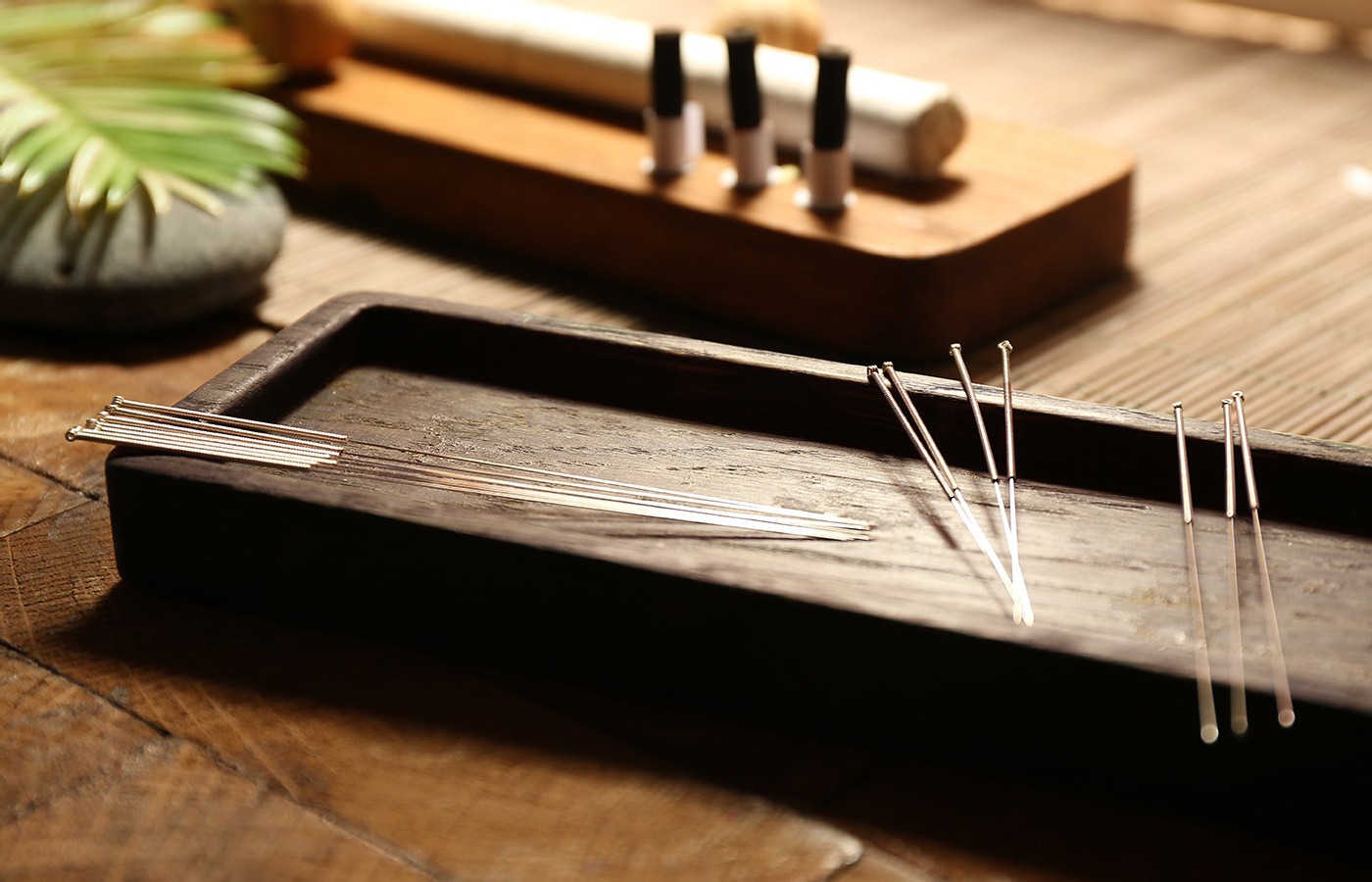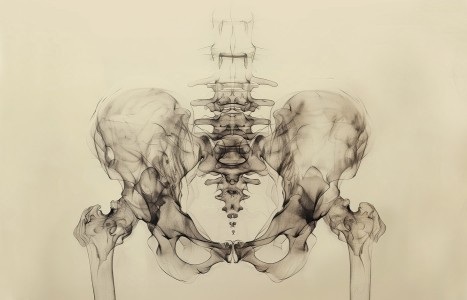People today want convenience, whether it be from their bank, credit card, favorite retail store, or restaurant. They demand it from the companies who hold their loyalty, including their health care providers (you). They don’t want to call and possibly be put on hold, and they want to use an app or schedule an appointment on your website. Here are three reasons your practice can gain by switching to online appointment scheduling.
Exploring the Essence of Acupuncture
Young practitioners of Chinese medicine often grapple with fundamental questions: “What am I doing? Why am I doing it?” “Is acupuncture truly powerful?” “Why do some acupuncture points work well at times and not at others?” For many trained in the U.S., these questions arise due to gaps in traditional Chinese medicine (TCM) education, especially in foundational classical texts.
Studying TCM in the U.S. has unique advantages, including exposure to diverse systems like Japanese Kampo, Korean Hanbang, Four-Point Therapy, and even theories of auricular acupuncture from France and Germany. This wealth of resources broadens our perspective, enhancing our options for applying acupuncture techniques. However, the absence of in-depth study of classical texts such as the Huangdi Neijing or Shang Han Lun leaves some students without a clear grasp of why certain acupuncture points or herbs are chosen, or how to modify techniques and formulas effectively.
As a U.S.-trained TCM practitioner, I recognized this gap in my own understanding and turned to the classics to bridge it. My goal was to understand TCM’s ancient wisdom and translate it into modern practice. Here, I share insights from the Ling Shu, one of TCM’s foundational texts, on the essence of acupuncture.
The opening chapter of the Ling Shu clarifies the role of acupuncture: to unblock meridians and regulate qi and blood. “The meridians decide life and death, treat hundreds of diseases, regulate deficiencies and excesses, and must not be obstructed. The meridians carry qi and blood, nourishing yin and yang, moistening tendons and bones, and benefiting joints.” This highlights the core idea that acupuncture’s aim is to balance qi and blood – strengthening deficiency, draining excess, and relieving stagnation.
When first learning acupuncture, many students are taught that qi zhi (arrival of qi) or de qi sensation – marked by soreness, numbness, heaviness, or radiating pain – is a key marker of effective needling. The classics, however, describe qi zhias an indicator of efficacy: Ling Shu instructs that, if the needle is inserted, but qi does not arrive, needling should not continue; once qi arrives, further needling is unnecessary, as “its effect, like wind dispersing clouds, is immediate.” Here, efficacy relies on achieving qi zhi, rather than the number of insertions.
With these principles in mind, I classified the Ling Shu descriptions of needles and needling methods to better understand their applications:
Needle Types and Functions: Among the nine classical needles, some – including the chan, round, and di needles – do not penetrate the skin, but are used to regulate qi on the surface or between flesh layers. The feng needle, yuanli needle, and hao (fine) needle, on the other hand, address pain and obstruction syndromes, working in deeper tissues or over longer periods. Meanwhile, the pi (double-edged) needle removes abscesses, while the chang (long) needle is used for deep blockages, and the da (large) needle for draining fluids and relieving edema.
Needling Techniques: The Ling Shu matches needling techniques to syndrome types and specific acupoints. For instance, shu needling is for Five-Shu points, remote needling for Yuan/Source points, and luo needling for luo points. The text also describes paired needling techniques (ou needling) for paired meridians, and specific approaches like yin needling for cold extremities or zan needling for abscesses. Surface techniques include direct and floating needling, while deeper techniques cover periosteal needling to reach bone and shu needling for internal conditions.
Zang Fu-Based Techniques: Each Zang aligns with a specific needling technique. For example, half-needling (Ban Ci) aligns with the lung, addressing the skin layer, while leopard-spotted needling (Bao Ci) corresponds with the heart, drawing blood from nearby meridians. Similarly, Guan needling targets liver-related tendon blockages, He Gu needling addresses spleen-related muscular blockages, and Shu needling reaches kidney-related bone-level issues.
Treatment Principles: Acupuncture techniques focus on either tonifying deficiency or draining excess, depending on the condition. For example, Hao (fine) needles and retaining techniques are used for deficiency, while stronger stimulation techniques break up stagnation or expel pathogens. Notably, Ling Shu advises against needling for patients who are both qi and blood deficient, suggesting herbal tonification instead.
This classic text underscores that effective treatment involves more than placing needles; it requires the practitioner to skillfully engage qi and understand each technique’s purpose. While we may not have access to all traditional needle types in the U.S., the principles from Ling Shu are accessible and adaptable, allowing us to use available tools and methods to optimize treatment outcomes.
In future studies, we’ll further explore classical needling techniques and their modern applications, bridging ancient knowledge with contemporary TCM practices.



